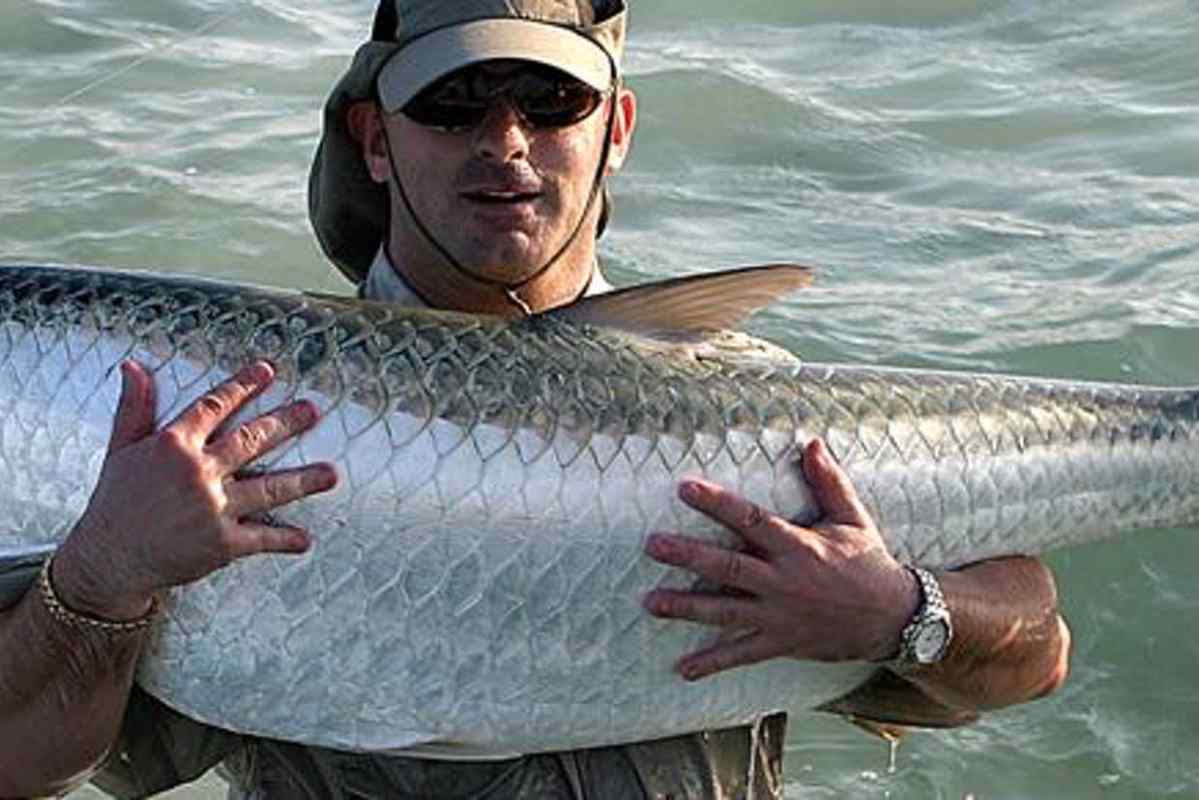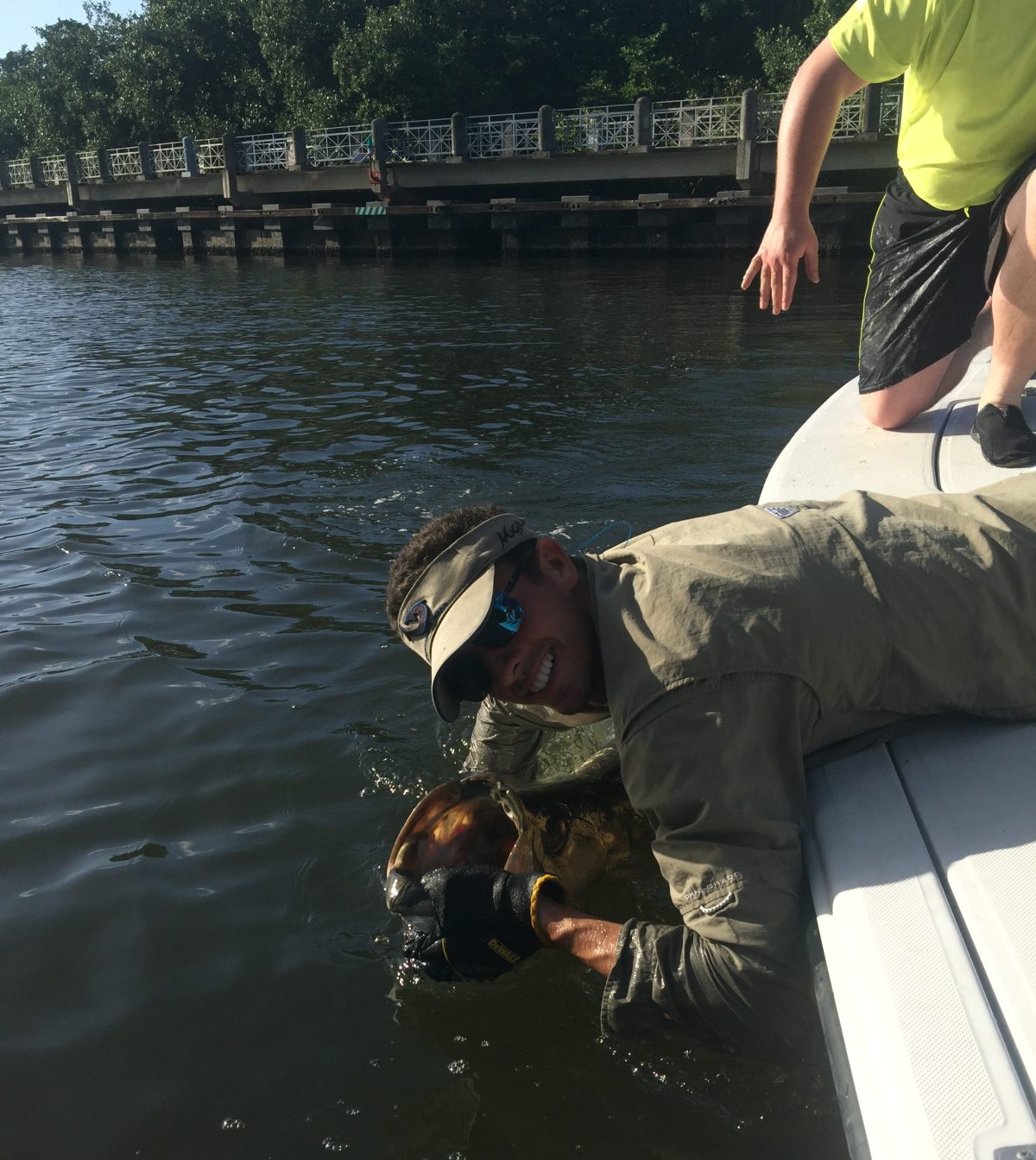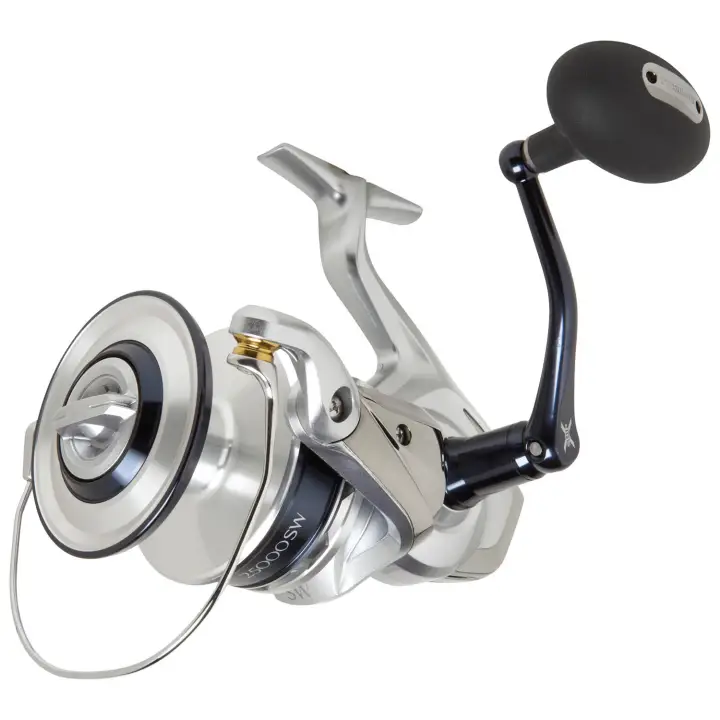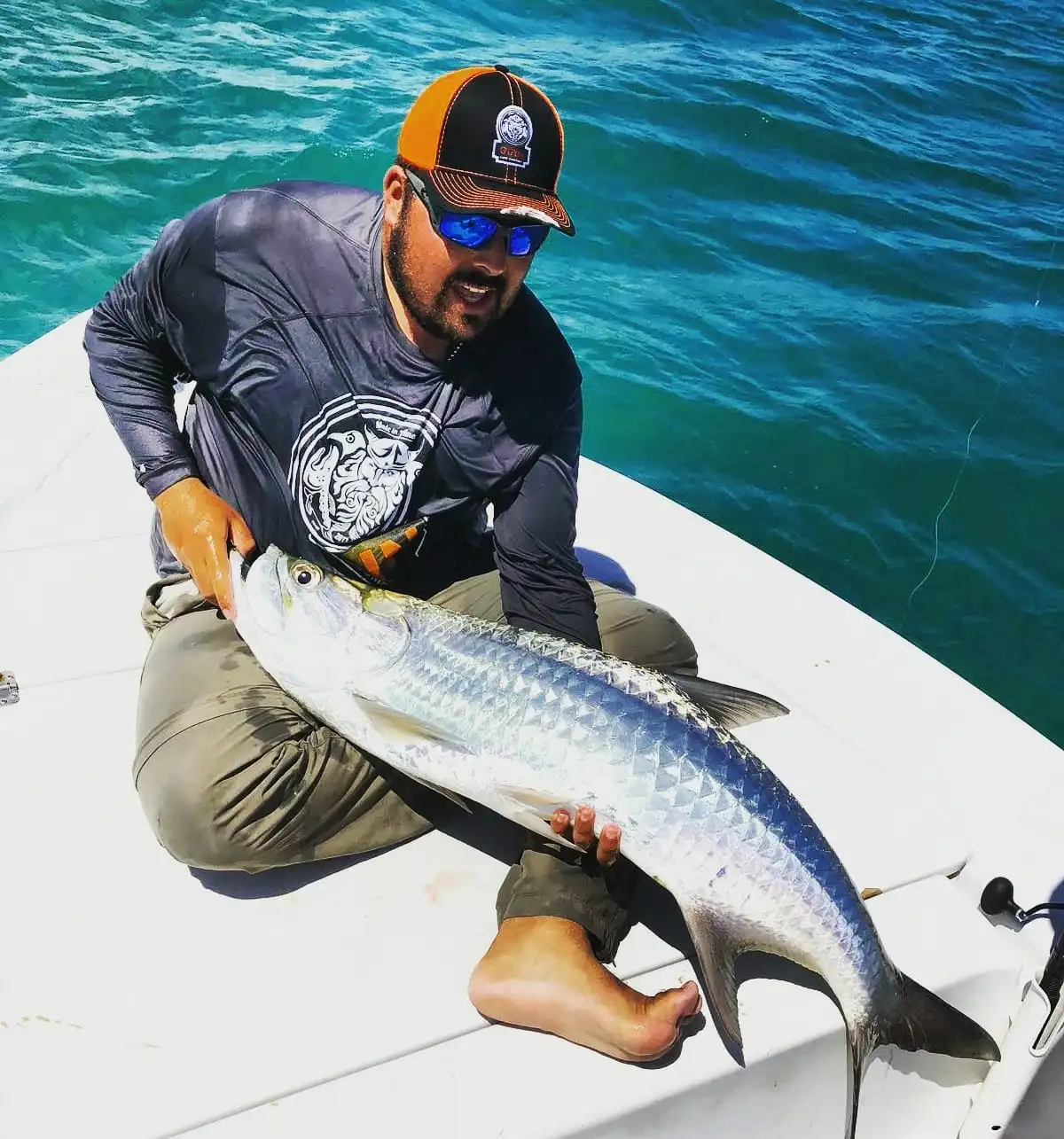
Meet the Captain
Captain Felix Cuadrado has been fishing in Puerto Rico in the Laguna San Jose and Laguna Torrecilla for 20 years. A native of San Juan, there are few fishing charter guides in Puerto Rico who are as intimately connected with the tides and ecosystem of the lagoons as Felix. On a typical day fishing the backwaters of Puerto Rico’s lagoons, it’s common to have around five to eight strikes of tarpon, jacks or snook.
Backwater fishing for tarpon is an almost surreal experience, affording anglers the opportunity to explore endless mangroves of Puerto Rico while targeting several of the most coveted light tackle species. You would be hard pressed to find another backwater fishing destination that affords unparalleled light tackle fishing within three to six miles of a major tourist hub.

Live Bait Tarpon Fishing
We use perch, pinfish, greenbacks and herring. The basic live bait technique is to anchor our boat and free line a lively bait to areas we know hold tarpon.
Sometimes the bait is weighted to get it near the bottom. Weights vary with the speed of the tidal current. Heavy weights can cause hooks to pull out. To correct this, we use light copper wire to attach the weights to our line so they will easily drop off and not be a hazard when we fight the tarpon.
Sometimes, a small piece of styrofoam is rigged as a breakaway float to suspend the bait. For tarpon fishing leaders we use about five to eight feet of heavy monofilament or fluorocarbon line from a 50-80 lb test.
Tarpon fishing hooks will vary with the size of the bait and hook brand. A 4/0 to an 11/0 circle hook is what we like best. It’s important to rig the live baits in the most natural way possible. For tarpon fishing with live bait, you should hook a perch in the mouth; greenbacks, greenies, and mullet are hooked through the mouth either vertically or horizontally.
An experienced tarpon guide will use various sizes and types of bait for the conditions. We like to keep a bait on the bottom and one or two baits free lined at different depths. For the best results, we will use three of four different baits at the same time until we find what the tarpon prefer.

Tarpon Fishing With Artificial Baits
Although we specialize in live bait tarpon fishing, we have had good luck with big top water baits and minnow imitations as well as soft plastic baits on our Puerto Rico fishing charters. For top water tarpon fishing, casting big chuggers and sliders like the Zara Spook can be productive. For chuggers and poppers, we like to use a “chug and pause” presentation. For sliders, you can’t beat “walking the dog.”
You can fish big minnow baits with a fast retrieve and add a pause or stall to make the retrieve more erratic. It is always a good idea to try different speeds of retrieve depending on current conditions. Some of the best artificial baits for tarpon fishing in Puerto Rico are big soft plastics that imitate baitfish, eels, and sea worms. These can be weighted to fish deep and are versatile substitutes for live bait. We fish these baits slow and like to free line, dead drift them deep or rig them on jigs just like live bait. Casting across the current can also be effective.

Tarpon Fishing Rods and Line
For tarpon fishing and smaller tarpon, you could drop down to 12 or 15-lb tackle depending on the size of the tarpon. We have found Ande or Trileen Big Game monofilament line to be good choices for cost and performance. Mamoi Hi-Catch or Diamond Premium is more expensive and is a good line as well as good leader material. You should also have some Fluorocarbon leader for the tough bite.
We also use braided line and like Power Pro 30-50 pound. Our reel of choice would be a Shimano Saragosa. Penn, Shimano, Diawa, and Fin-nor all make good 30-lb spinning reels for tarpon fishing. Shimano, Diawa and Penn make decent rods. We prefer to use a seven-foot rod.

Tarpon Fishing Tips
-
Live bait tarpon fishing in Puerto Rico will be done with circle hooks. You don’t need to set the hook hard with tarpon. Because of the tarpon’s hard mouth, the best approach is to drop back about 10 feet of line and let the line tighten up or, for the inexperienced, just leave the rod in the rod holder until the tarpon is stripping line off your reel. Another trick is to put the rod tip in the water and reel fast! All of these tarpon hook-setting techniques allow the hook to hit one of the three soft spots in a tarpon’s mouth, the corners on either side or the button in the middle.
-
Many anglers set the drag too tight for tarpon fishing. 20% to 25% of the line weight is a good rule. Remember, knots weaken your line up to 25%. If we are tarpon fishing in Puerto Rico with a 20-pound test line, we set the drag at four to five pounds.
-
Tarpon are strong and usually give you a very hard initial run. When tarpon fishing, often lines are broken starting the drag. While fishing with us, let the tarpon run until it loses some steam, then apply pressure. When we are fishing around obstacles that might cut the line, we use heavier line and tackle, put more pressure on the tarpon and chase the tarpon with the boat.
-
The best knots for tarpon fishing would be a snell knot for our circle hook and uni to uni to attach the leader to our braided line. For heavier mono we try a clinch knot or uni-knot. For joining heavy leader to the main line, a surgeon’s knot is our favorite but a well-tied blood knot or a uni-knot work. We make sure we pull our knots up tight!
-
A tarpon’s body and gill plates are abrasive and can damage line in a hurry. A light leader set up for tarpon fishing would be five feet of 50-lb fluorocarbon leader attached to 15 or 20-lb doubled main line. For bridge tarpon fishing, try 6-10 feet of 60 to 80-lb leader tied directly to a 50-lb braid main line. If you use lead weights, be sure to attach them with light copper rigging wire so they will drop off before the fight, they can be like bullets when a tarpon throws the hook.
-
While tarpon fishing in Puerto Rico, when you hook up with a tarpon be ready for a strong run and some jumps. This is not the time to apply a lot of pressure. After the initial frantic run, start to apply pressure. The rod is for fighting the tarpon, the reel is for storing the line. Try to avoid fighting the tarpon with the rod high over your head. Keep steady pressure on the tarpon by holding your rod tip down and pump up, reel down, pump up and reel down.
Use the rod to pull the tarpon to you without reeling, use the reel to pick up the line you have pulled to you by dropping the rod toward the tarpon and reeling fast. When the tarpon jumps, let off pressure or “bow to the king,” this keeps the line from being cut on the tarpons gill plates and body. If you feel a strong run, point the rod tip at the fish and let it run on the drag, resuming pressure as the run slows.
When you feel the pressure let off, pick up the slack by reeling fast until you can put the pressure back on. It’s always best to fight a tarpon as close as you can without getting too much line out. This will reduce the chances of getting cut off and makes it much easier to control a tarpon. The most common mistake anglers make is not being alert and prepared for the power these fish have. Trust your drag and put plenty of pressure on these big fish.
-
When you get the tarpon close to the boat, keep the tarpon’s head up so it won’t start another run. During the fight, when you are gaining line, keep it up. Pump hard and fast to control the fish. Learn what pressure is to a 100-lb tarpon and keep the pressure on!
-
At Backwater Tarpon PR, we take the greatest care with these beautiful prehistoric sea creatures. These incredible fish were made for catch and release, and we should do everything possible to preserve our tarpon fishery for the generations to come.
For live bait tarpon fishing, circle hooks are the best for releasing tarpon unharmed. Don’t let the tarpon run too long with the live bait before setting the hook, and try not to fight a tarpon so long that it becomes exhausted.
We release the tarpon at the side of the boat without lifting them out of the water. Lifting a tarpon or bringing a tarpon aboard for a photograph will kill it. Wear gloves to leader and handle a tarpon. You can leave the tarpon in the water and grab the lower jaw with a gloved hand to remove a hook. If you can’t remove the hook, cut the leader as short as possible, the salt water will dissolve the hook.
